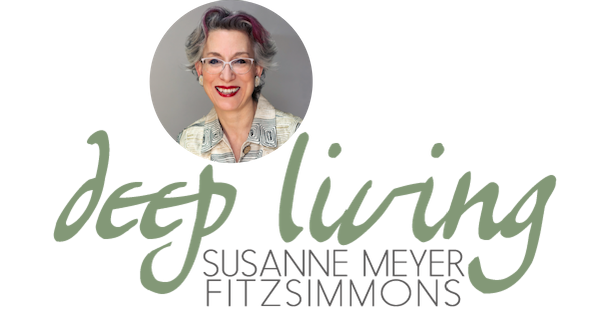Here is an ode to the avocado. If you are not so convinced that vegetables are the single best thing you can't overdo in your diet consider my favorite veggie "candy." Avocados are not only a fabulous superfood but also utterly delicious in their creamyness and so versatile. Like truffles they go both the savory and the sweet way (...alright, so truffles may be in a league of their own). I love them for breakfast (I have never liked sweet breakfasts, maybe because of my German upbringing) mashed up with some lemon, dulse flakes, sea salt and chia seeds, and a toasted Ezekiel tortilla, or smashed up on a piece of warm toast with some salt, pepper and lemon juice. Because of their high fat content (77% of their calories are from fat, 18-30% of a Hass avocado is fat - Hass are the ones you want, not the bigger, more watery, less fatty Florida avocados) you won't be hungry until lunchtime if you eat one for breakfast. Avocados go the sweet way, too, because of their mild and relatively neutral taste. Try this avocado-chocolate mousse recipe, two superfoods in one dessert, and super delicious. I love avocado salad dressing, basically a lemon juice/olive oil vinaigrette with some avocado creamed into it. And follow this link to much more exotic and creative uses for avocados (not sure about the foot scrub, though, sounds like a waste of good food).
And what exactly is so good about avocados? They are nutrient dense, high in fiber and rich in healthy monounsatured fats (oleic acid specifically, which helps lower cholesterol and triglycerides and reduces inflammation), they contain lutein (for eye health), folate (especially important when pregnant), vitamin E, vitamin B6 (regulates sexual hormones - the Aztecs associated avocados with fertility, the Mayas with aphrodisiacs), glutathione (a cancer fighter), potassium (double that of bananas), and magnesium. Avocados are highly alkaline and alkalizing, which helps to reduce inflammatory conditions and stabilizes blood sugars. And lastly, if you are not into spending an upcharge for organic avocados, conventional ones show almost zero pesticide residue due to their thick skins.
I buy avocados in very large quantities, keep them in the fridge and pull several out at a time so I always have enough ripe ones around.















